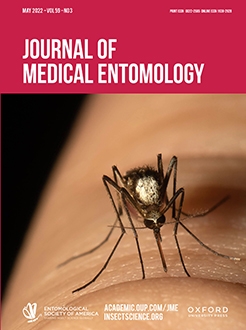Aedes albopictus is one of the main mosquito vectors responsible for transmitting arboviruses to humans and animals. The ability of this mosquito to support virus transmission has been linked to vector competence, which is partly attributed to the genetic disparities in Ae. albopictus population. At present, little is known about the biologically important traits of Ae. albopictus in Malaysia. Thus, the study aims to determine the genetic variation of Ae. albopictus based on the mitochondria-encoded sequences of cytochrome oxidase subunit I (COI). A statistical parsimony network of 253 taxa aligned as 321 characters of the COI gene revealed 42 haplotypes (H1–H42), of which H1 was the most widespread haplotype in Peninsular Malaysia. Three highly divergent haplotypes (H21, H30, and H31) were detected from the northern population. Overall, haplotype and nucleotide diversities were 0.576 and 0.003, respectively, with low genetic differentiation (FST = 0.039) and high gene flow (Nm = 12.21) across all populations.
How to translate text using browser tools
18 February 2022
Mitochondrial Diversity of the Asian Tiger Mosquito Aedes albopictus (Diptera: Culicidae) in Peninsular Malaysia
Suzana Misbah,
Van Lun Low,
Nurul Farhana Mohd Rahim,
Rizzuaeammie Jaba,
Norasmah Basari,
Zubaidah Ya'cob,
Sazaly Abu Bakar
ACCESS THE FULL ARTICLE
It is not available for individual sale.
This article is only available to subscribers.
It is not available for individual sale.
It is not available for individual sale.

Journal of Medical Entomology
Vol. 59 • No. 3
May 2022
Vol. 59 • No. 3
May 2022
Aedes
cytochrome oxidase I
Genetics
mitochondrial DNA
population





